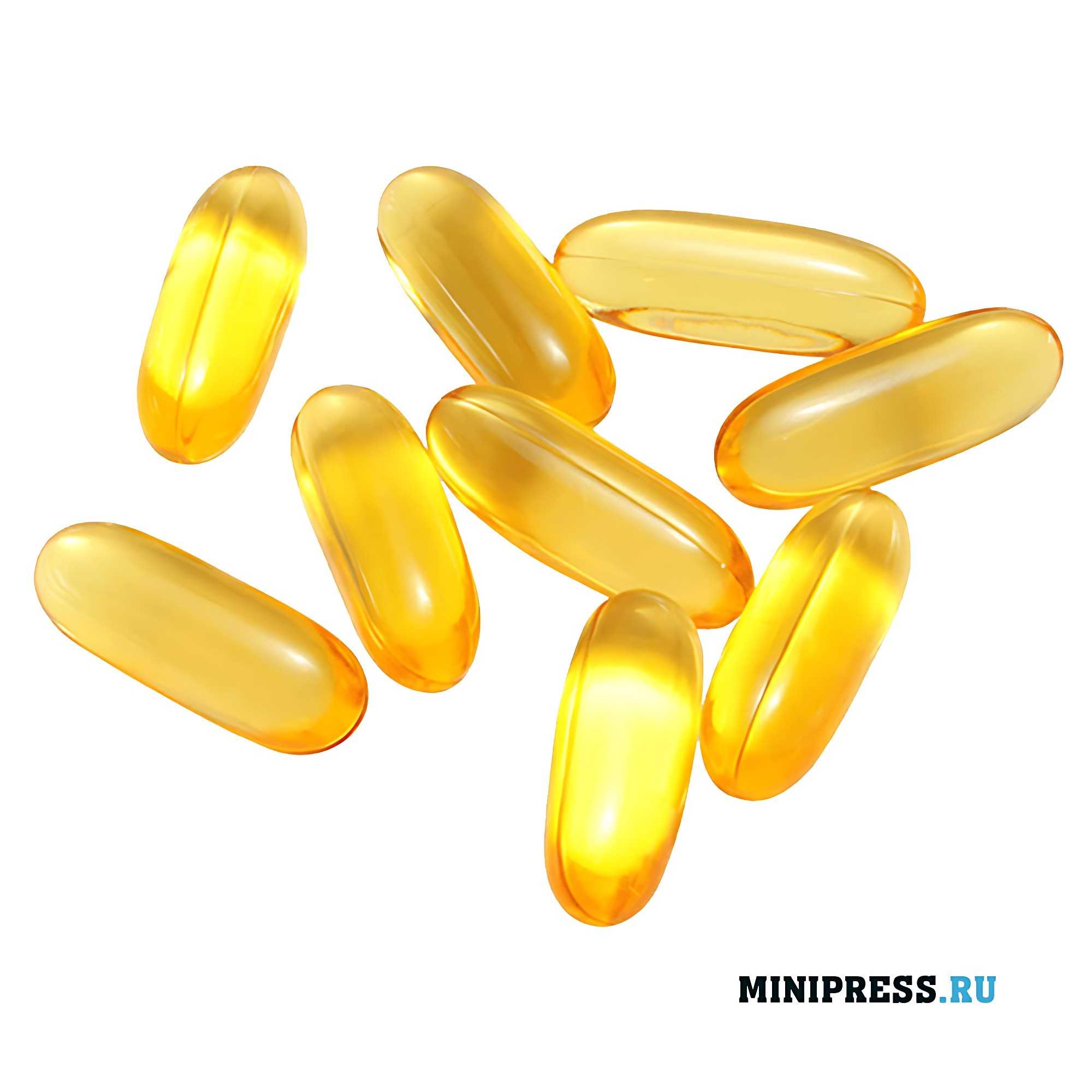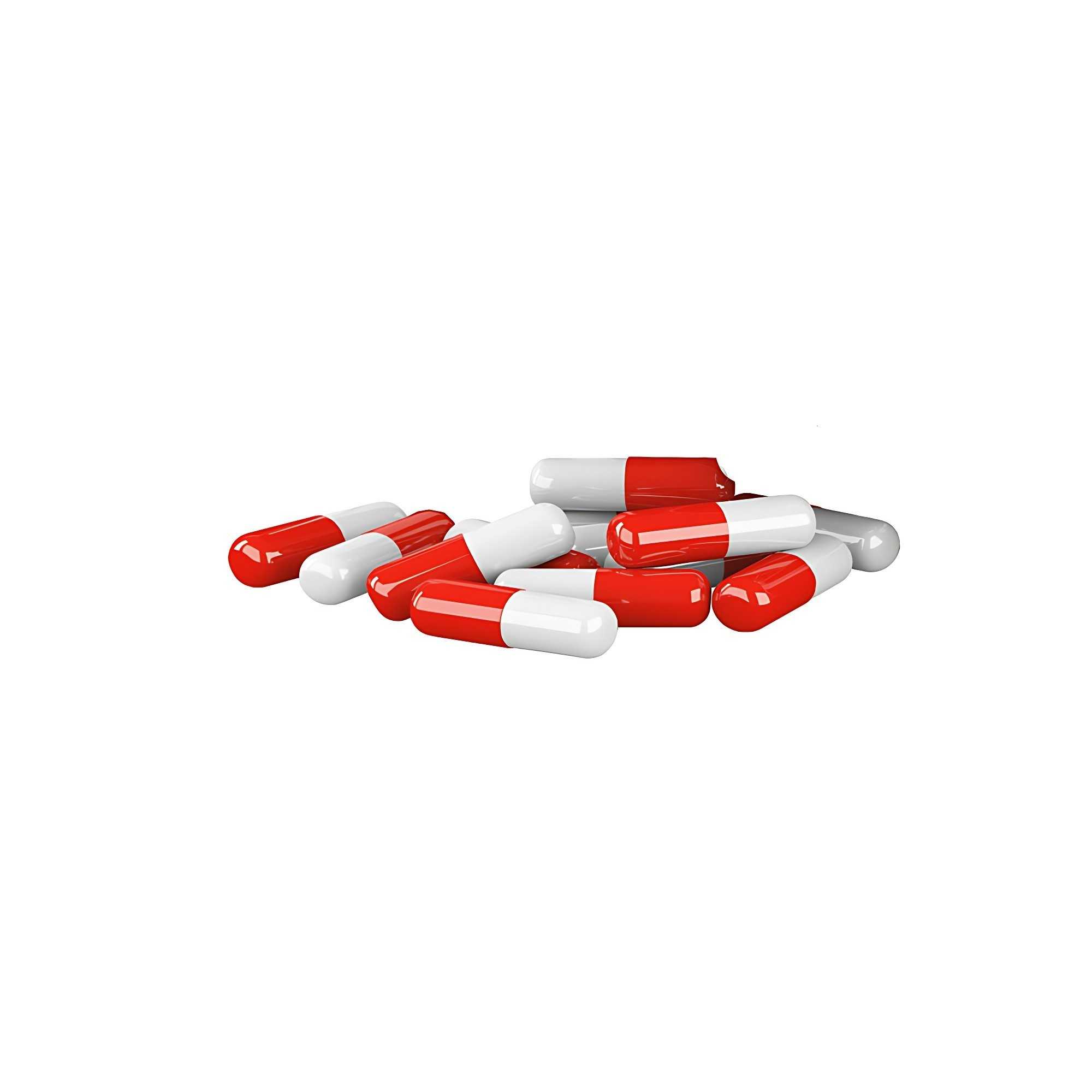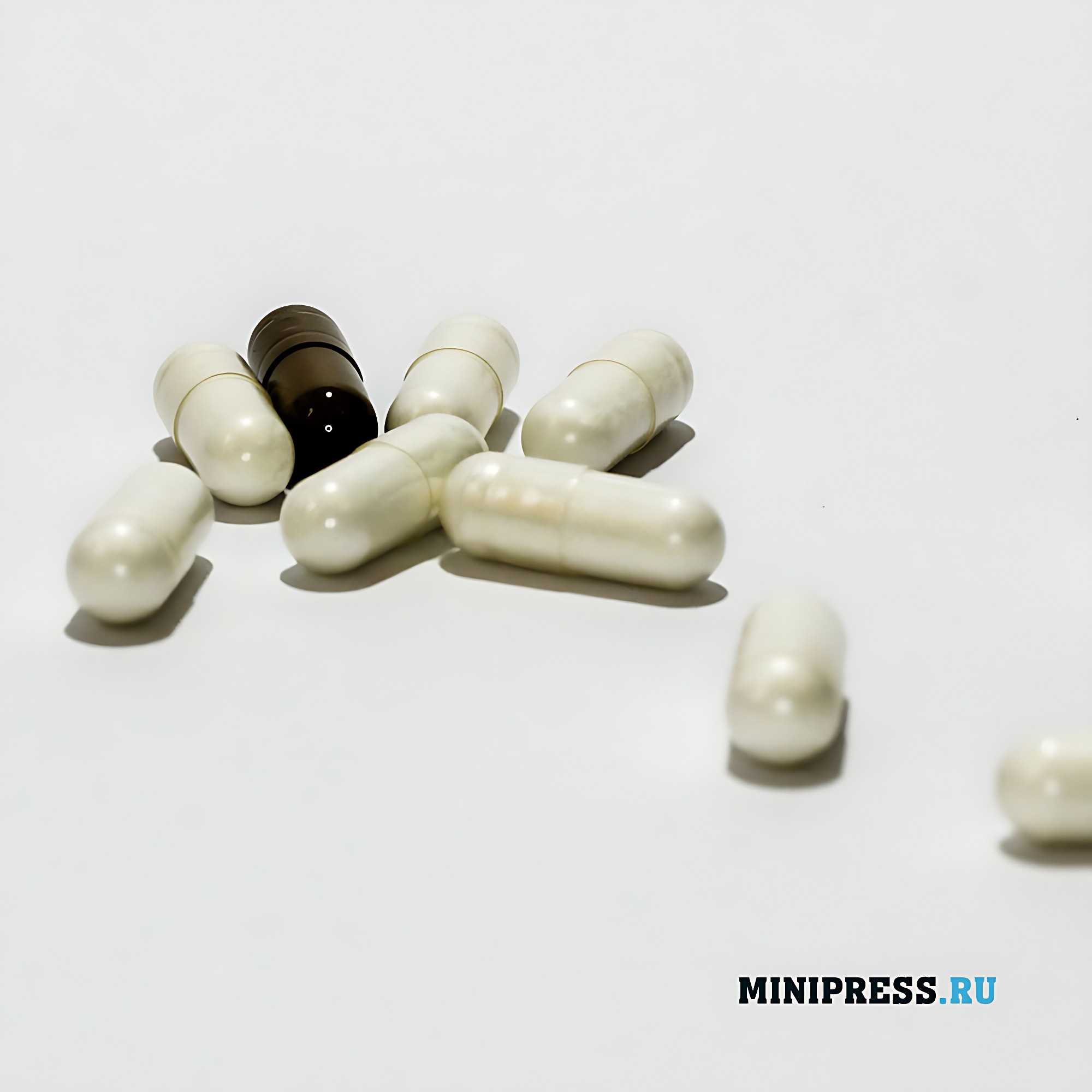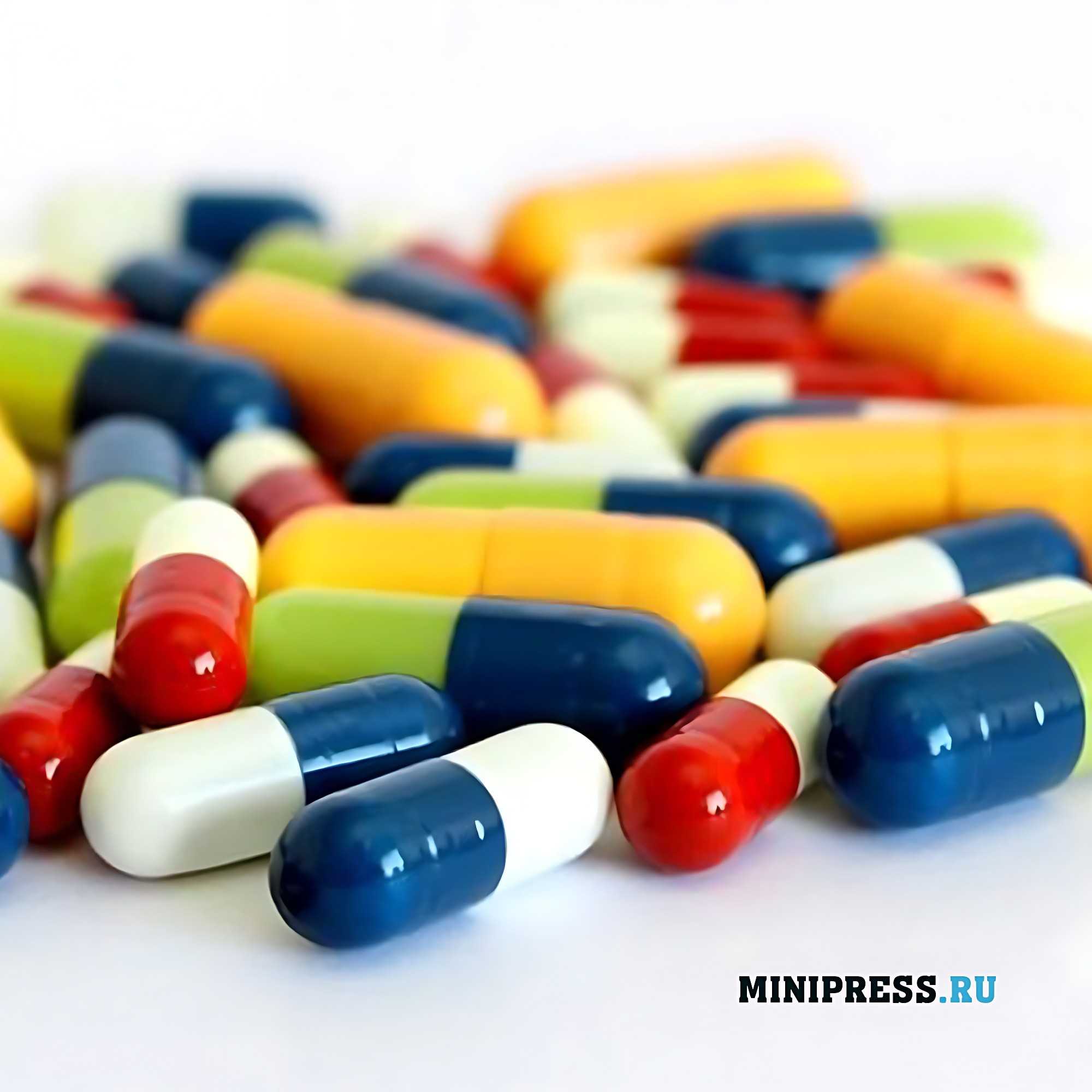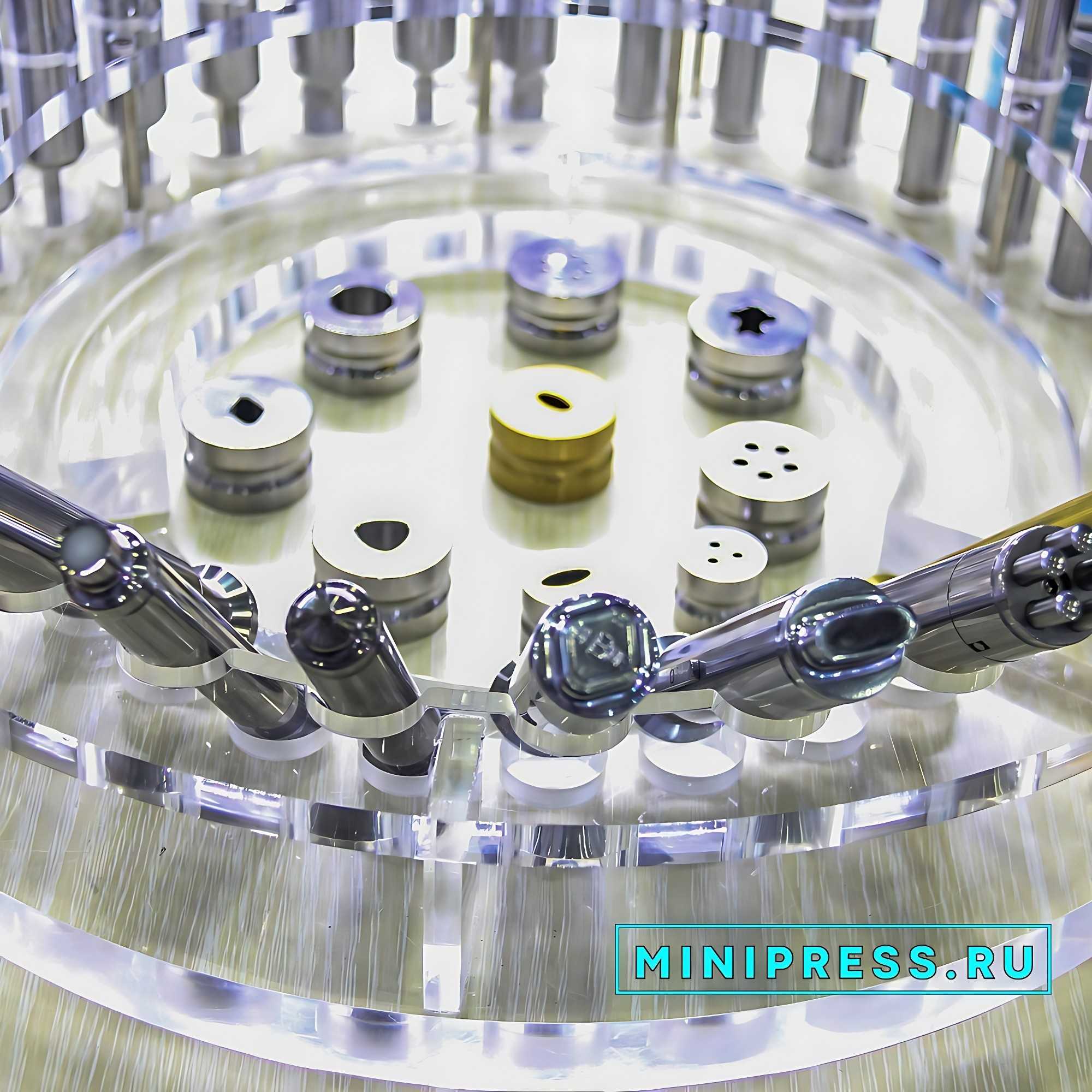¿CÓMO REDUCIR EL PRECIO?
La razón de la reducción de precios podría ser:
• Seleccionar un método de pago
• Pago bajo contrato directamente al fabricante
• Ordenar más de dos artículos de equipo
• Denegación de entrega y despacho de aduana
• Eliminación de la inspección del equipo antes del envío
Todos y siempre dan buenos descuentos, fáciles de negociar!
Teléfono: +79853643808
Correo electrónico: info@minipress.ru
 8254
8254 7650836
7650836